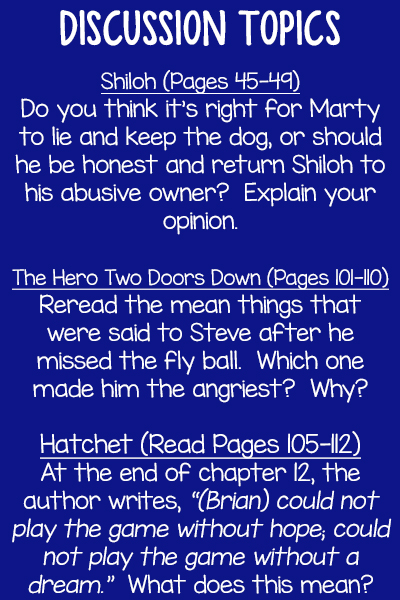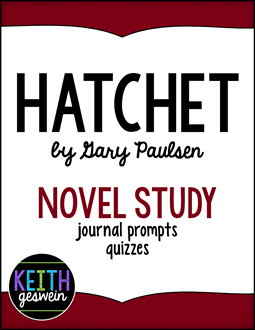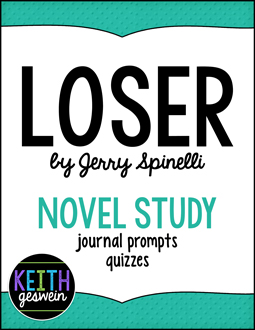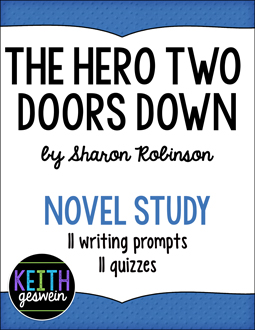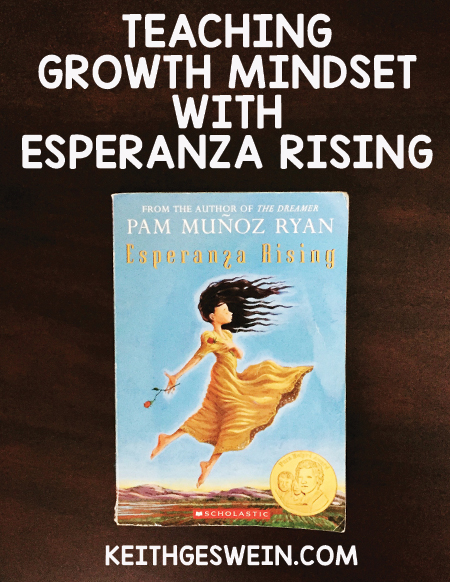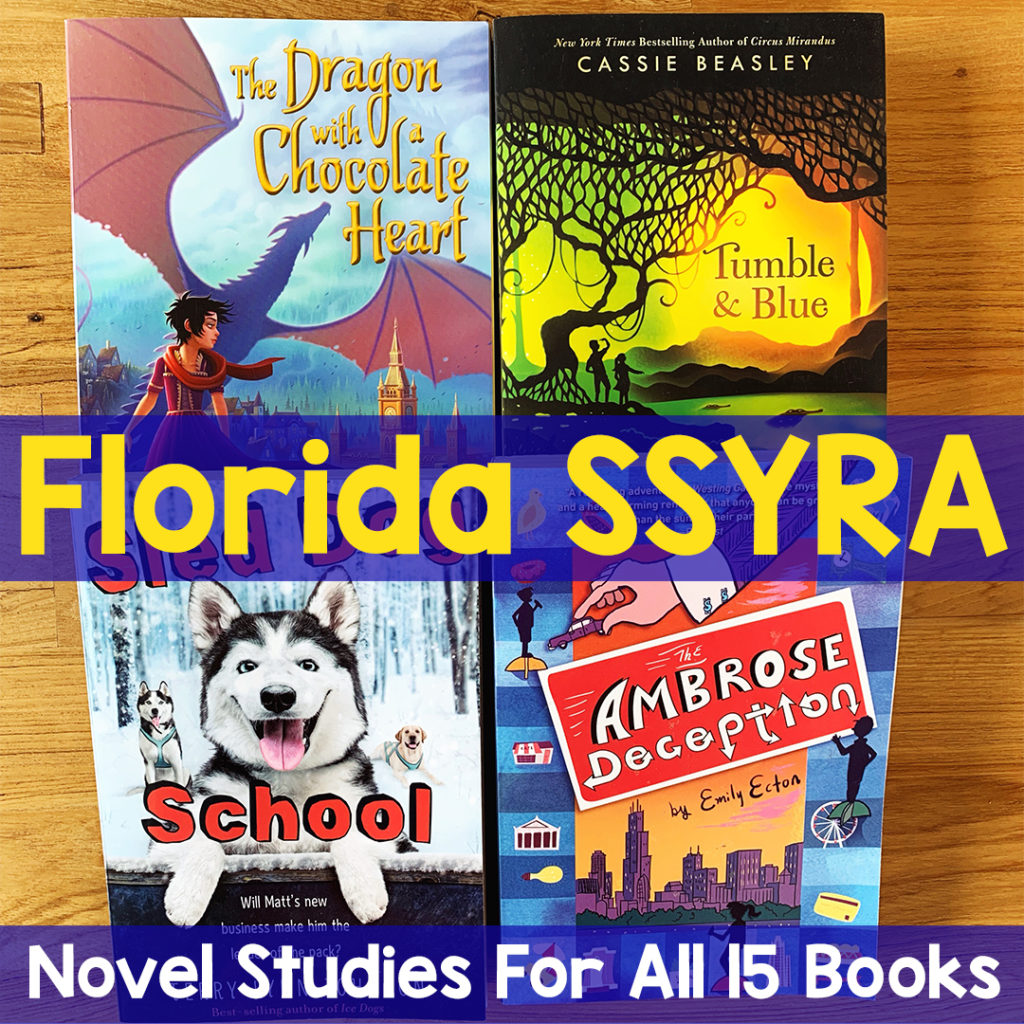
One of my favorite things about teaching in Florida was reading SSYRA books with my students! It was always an excellent list of 15 newer books, most of which I had not read before.
If you want to learn more about each book, but don’t have time to read them all on your own, I’ve written short summaries of each one. I hope this will help you pick which books would be the best to read with your students. I’ve also linked to novel study units I’ve created for each book so you can use them in ELA lessons, small groups, or however else you want. Just click on each book’s title to see those resources.
If you don’t teach in Florida, I hope you’ll check out a few of these new books if you’re looking for something different to read with your students. They are all amazing books!
These books are on the SSYRA (Sunshine State Young Readers Award) list for grades 3-5. There’s also a list of 15 books for grades 6-8.
The Bicycle Spy is about a young boy, Marcel, who lives in France during World War II. When German soldiers arrive in his town, he notices everyone is a lot more tense than normal. When a new girl arrives in his class, they bond over their love of cycling. However, when she reveals a secret about her family, Marcel works hard to keep their secret, even if it means putting himself in dangerous situations.
There’s a good chance you have a few students in your class who can relate to the main character in Stella Diaz Has Something to Say. This third-grade girl, whose family is from Mexico, is not confident in her ability to speak English. Other girls tease her about this, which makes Stella even more hesitant to speak. She gets incredibly nervous when the teacher assigns a project which involves a five-minute presentation. Stella’s friends and family give her excellent advice that makes speaking a less-daunting task. Their advice and encouragement help Stella feel much more confident in her speaking ability by the end of the book. Your students who feel nervous about speaking will learn some EXCELLENT tips. Your students will also learn the power of kind words and encouragement.
Bob is a heartwarming story about two friends who go to great lengths to help each other learn more about their past. The main character is an 11-year-old-girl named Olivia. When she visits her grandmother in Australia for the first time in five years, Olivia finds an old friend, Bob, whom she had forgotten about. Why can’t she remember him? Why can’t he remember where he came from? Why did Bob spend five years waiting for Olivia in a closet in Olivia’s grandma’s house? Olivia and Bob work together to figure out these questions in a book that is sure to keep your students turning the pages.
EngiNerds is about four boys who love intellectual challenges. The main character, a boy named Ken, receives a mysterious package full of metal pieces. Those pieces are used to build a robot that has the ability to consume all the food in Ken’s house! At first, Ken thinks it’s amazing to have his own robot. Eventually, he realizes that taking care of a robot is much more challenging than he first thought — especially when more of them appear around town. Ken and his friends have to use their creativity to figure out a way to prevent the robots from destroying the town.
Ben Franklin’s in my Bathroom also begins with a mysterious package arriving at the main character’s house. This story is about Nolan and Olive, a brother and sister, who open the package to see an old radio. Once they figure out how to make it work, Ben Franklin suddenly appears in their house. Nolan wants to figure out a way to get Ben back to the year 1784 ASAP, but Olive and Ben want him to maximize the experiences he has in the 21st century. All three of these characters learn valuable lessons from each other by the end of the story.
Cosmic Commandos is about a young boy, Jeremy, who uses a special power to save the world when enemies from his favorite video game attack in real life. There is also a nice subplot about Jeremy learning how to get along with his twin brother, Justin. In the end, Jeremy and Justin gain a newfound respect for each other that they didn’t think was possible.
Wedgie & Gizmo tells the story of two animals with completely opposite personalities who are forced to live in the same house. When Gizmo’s family moves in with Wedgie’s family, Gizmo is forced to adjust his evil plan to take over the world. At first, he views Wedgie as a dog who he needs to get rid of in order to accomplish his plan. However, by the end of the story, Wedgie is no longer Gizmo’s #1 enemy. While the narrative focuses on these two animals, you’ll also read about how a young boy adjusts to living in a new home and how these animals help him out.
Ghost Attack is a terrific story about the importance of teamwork. Two cousins, Alex and Sarah, work together to clear the name of a person who was wrongly committed of a crime long ago. Their week at their grandparents’ country home is full of surprises as they deal with mysterious rashes, a ghost that only they can see, and a town that has lots of hidden secrets. Alex and Sarah constantly share ideas with each other, which is why they are town heroes by the end of the story.
Sled Dog School is the perfect book for students who are self-conscious because they are bad at math. The story is about a sixth-grader named Matt who has always struggled in math class, but he is terrific at guiding his dogs while dogsledding around his home in northern Michigan. Matt is in danger of failing math and being sent to remedial math class, so he jumps at his teacher’s extra-credit assignment to create a real business. Matt’s dogsledding talents help him start a helpful business, but he makes lots of mistakes along the way. By the end of the story, Matt has learned from his mistakes, made two terrific friends, and realizes he should feel good about his talents instead of dwelling on things he’s bad at. BONUS — the story includes an amazing scene of Matt standing up to a kid who’s bullied him for a long time. It’s a terrific way to model how kids should stand up to bullies!
If you like stories that are written in different styles, then Annie’s Life in Lists is the book for you! Annie is a fifth-grader who loves writing lists, so the story is written as a series of lists from Annie’s notebook. The author, Kristin Mahoney, does a fabulous job of telling the story this way. Annie is a young girl with an amazing memory, but it gets her in trouble one day at school in Brooklyn. Annie spends months after that trying to blend in, stay quiet, and hide the fact that she can remember lots of things about people. The story also describes her family’s adjustment as they move from Brooklyn to a small town. This book has lots of good lessons about accepting who you are, adjusting to a new city/town, and working with your family to help you do these things.
I taught so many students who loved reading about the Titanic. Now, kids can read a story about what it was like for animals who were on the ship. Survival Tails: The Titanic, is written from the point of view of a dog and cat who were on board. These animals have very different owners, which affects their experiences on the ship, but they end up coming together to help each other in ways they didn’t think were possible. Students will learn a lot by reading what the animals did before the ship hit the iceberg. Kids will also gain a unique perspective by reading what the animals saw and experienced as the ship sank. The end of this story does an amazing job of showing what it was like for those who survived this tragedy.
If you’re looking for a book with unexpected plot twists, check out The Ambrose Deception. Three middle school students — to the surprise of their counselors — are chosen to participate in a competition for $10,000 in scholarship money. They have to solve three mysterious clues that require them to do a lot of research and explore their hometown of Chicago. The three students are told to work individually, but once they start working together, they learn that they are participating in something much bigger than a scholarship competition. This is a longer read, but each section is short, so there are plenty of places you can pause while you’re reading this. Side note: I LOVED the characters in this story!!!
If you’re a fan of Rules, you should like Superstar, which is a book written from the perspective of a fifth-grade boy who has autism. Lester loves science, watching meteor showers with his mom, and reading books at the library, and being taught by his mom at home. However, when Lester’s mom gets a full-time job, Lester is forced to attend public school for the first time. He has a difficult time adjusting to the schedule, teachers, rude classmates, and cafeteria noise. Thankfully, Lester is surrounded by teachers who help Lester feel more comfortable at school. As Lester learns more about school, he also learns more about himself — like how his knowledge of science can help him get better at kickball.
Tumble & Blue is one of the longest books on this SSYRA list, but if you have the time to read it, it’s well worth it! This is a story about two kids who learn that they are cursed. Blue always loses. Tumble wants to be a hero, but she always ends up being the one who needs to be saved. Blue’s great-grandmother holds a long competition where her huge family competes against each other. She chooses the winner, who then gets to learn how they can change their fate. Blue refuses to participate in this cutthroat competition. Instead, he takes his fate into his own hands. As Tumble does everything she can to help, she realizes she needs to join Blue and do the same. By the end of the story, Tumble and Blue feel a lot better about themselves. You’ll love reading why!
The Dragon with a Chocolate Heart is a terrific way to model positive self-talk for your students. The main character, Adventurine, is transformed from a dragon into a human just as she discovers that chocolate is her passion in life. She works hard to learn how to interact with humans, make friends, and become an apprentice at a chocolate house. At one point, Adventurine makes a terrible mistake. She is devastated because she thinks she will never be allowed to make chocolate again. An entire chapter describes the self-doubt she has. After that, the book describes how she motivates herself to get back in the chocolate-making business. Through sheer determination and positive self-talk, Adventurine discovers that she is more powerful than she could ever imagine while making enemies become friends. I LOVE the way this story shows the exact words that Adventurine speaks to herself to give her the confidence to pursue her passion and NOT listen to all the doubts she has about herself.
If you’d like novel studies for all 15 books, you can save money by purchasing my bundle.



